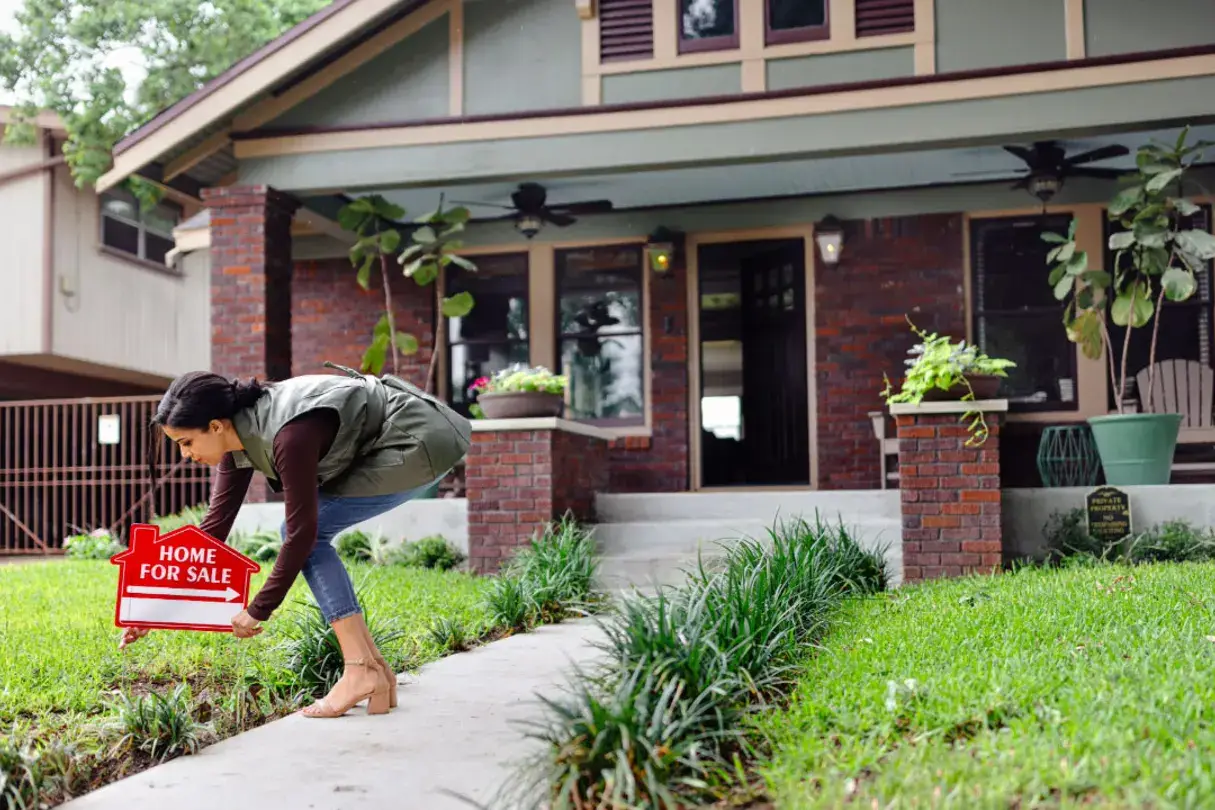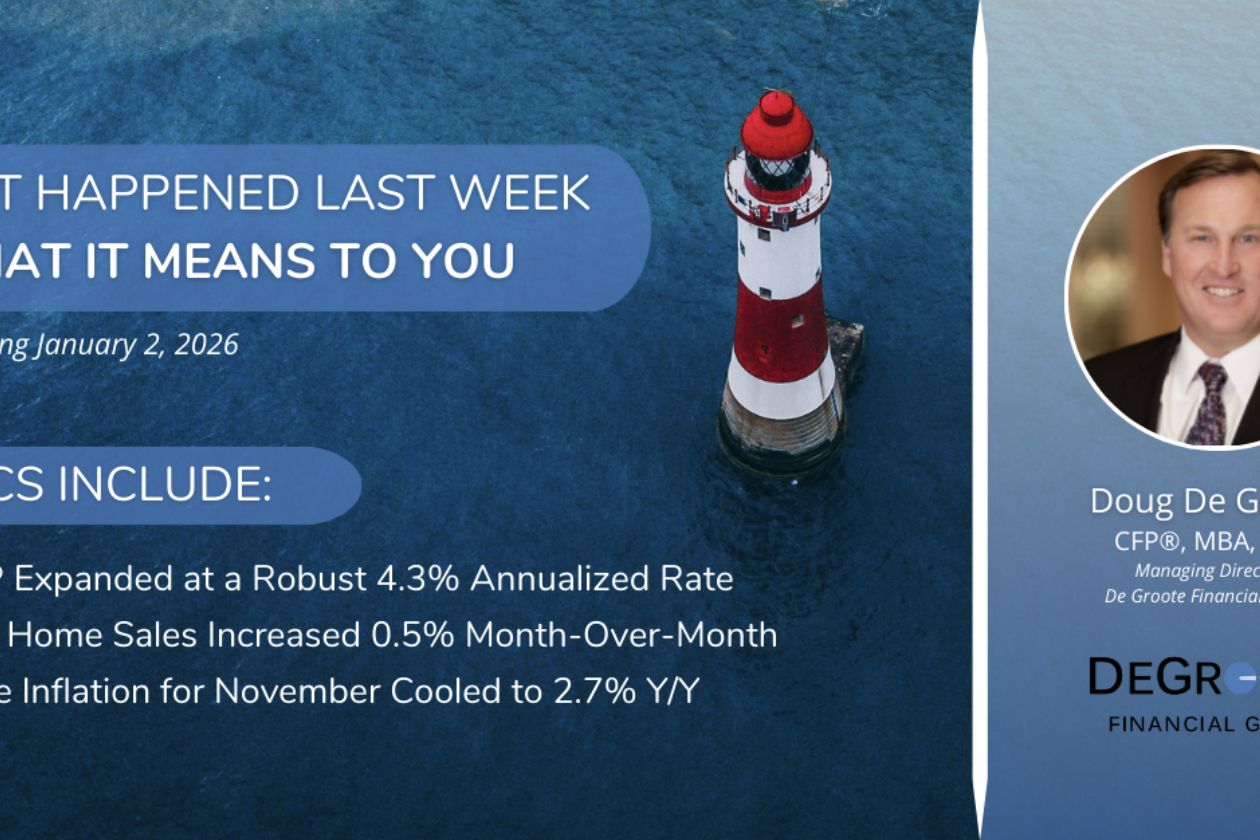Homeownership has long been considered a cornerstone of the "American dream" as it symbolizes the ability to build wealth and ensure long-term financial stability. Today, that dream is slightly changing as younger generations opt to rent or stay at home with their parents longer than ever before. It's a consequence of the affordability crisis that continues to persist in the housing market, according to real estate mogul and founder of The Agency, Mauricio Umansky. "At the end of the day, the American dream is to own real estate, build equity, pay off your mortgage and have a house," Umansky said. However, attaining "that American dream of owning your home is taking longer" as high mortgage rates and home prices continue to weigh on affordability, he added. HOUSING CRISIS DEEPENS AS 47 MAJOR METRO AREAS NOW REQUIRE HOMEBUYERS TO SPEND MORE THAN 30% OF INCOME "The younger generation is really not able to own homes," he said. "Again, I'm using the word affordability, but it's a real affordability issue." As of May, the typical U.S. household would need to spend 44.6% of their income to afford a median-priced home, according to recent data from Realtor.com. This is well above the recommended 30% threshold, highlighting how "affordability isn't just strained, it's nearly extinct," Realtor.com economists said in the recently published report. Realtor.com senior economist Jake Krimmel told FOX Business that there are three key drivers of affordability: home prices, interest rates and incomes. However, recently,"there has been little to no movement" on any of those key metrics to provide much positive momentum on affordability, Krimmel said. Prices are determined by supply and demand in the market, and while Krimmel said prices aren't skyrocketing like they did during the COVID-19 pandemic, they're not dropping even with a rise in inventory. Supply is up 31.5% year over year, according to Realtor.com's latest data.





